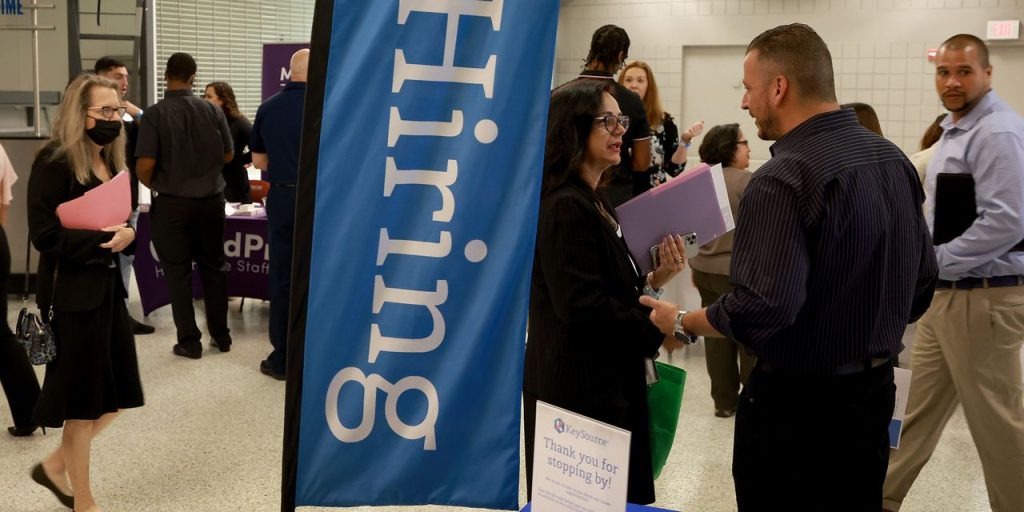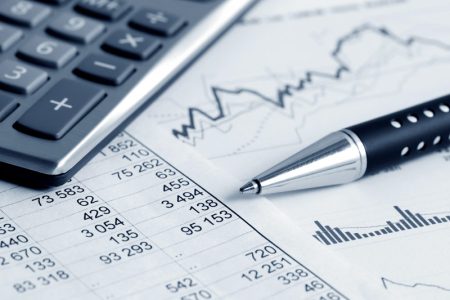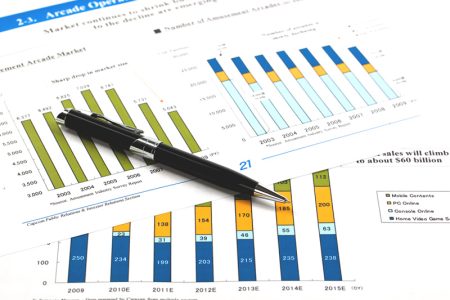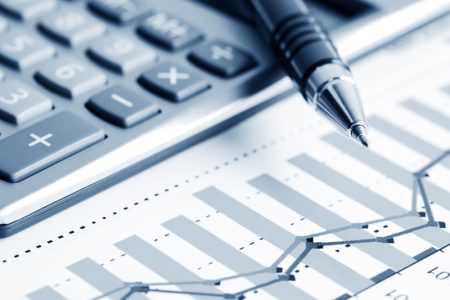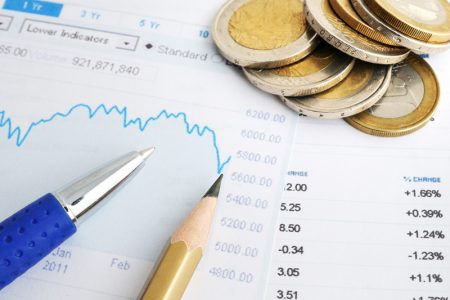Inflation worries are back in some corners of the financial market, judging by soaring long-term Treasury yields that point to worries about higher-for-longer future price gains.
Yields on 10- BX:TMUBMUSD10Y and 30-year Treasury yields BX:TMUBMUSD30Y finished at fresh 2023 highs on Thursday, fueled by an aggressive selloff of long-term government debt. After factoring in the highest rates on 10- and 30-year Treasury inflation-protected securities in more than a decade on Thursday, traders continued to envision a scenario in which U.S. inflation remains above 2% for the long term.
A number of factors may be at play, chief of which is the continued strength of the U.S. economy and labor market.
Economists pointed to Wednesday’s better-than-expected private-sector employment report, which showed the U.S. added 324,000 jobs in July, and said expectations for Friday’s monthly jobs report were being revised upward even though the private-sector reading doesn’t always act as a reliable predictor. Before Wednesday’s data, economists polled by The Wall Street Journal expected July’s nonfarm payrolls report to show a gain of 200,000, little changed from the 209,000 increase seen in June.
The robust data comes at a time when the U.S. fiscal outlook is in focus following the Treasury’s plans to borrow $1 trillion in the third quarter and Fitch Ratings’ downgrade of the U.S. government’s debt rating.
“I’m not convinced the downgrade is having a significant impact on the curve,” said Lindsey Piegza, chief economist of Stifel, Nicolaus & Co. in Chicago. Rather, Thursday’s Treasury-market selloff, which pushed most yields higher, is a reflection of a “labor market that is tighter than expected and expectations for Friday’s report are now more elevated in the wake of rising expectations for the economy and inflation.”
“Right now, investors are looking at the data and realizing the Federal Reserve may not be at a terminal level in rates yet,” Piegza via phone. “It’s taken a little time for the market to digest the Fed’s latest commentary that further policy firming would likely be needed to tame inflation.” However, that’s changed since ADP’s report on private-sector employment growth, with investors also weighing higher gasoline prices and recent central-bank actions by the Bank of Japan and European Central Bank, according to Piegza.
Investors have been holding out hope for a soft- or no-landing scenario for the U.S. economy, in which inflation manages to come down on its own without a recession or a big uptick in unemployment. A stream of inflation data over the past year helped to support that view, with the annual headline rate on the U.S. consumer price index falling to 3% in June from a 9.1% peak a year earlier.
Data released on Thursday, however, showed that an important part of the U.S. economy is still expanding, based on a measure of business conditions for service-sector companies from the Institute for Supply Management. And that’s giving way to questions about how much further inflation can meaningfully fall back to the Federal Reserve’s 2% target. Traders of derivatives-like instruments known as fixings, for example, now expect the annual headline CPI rate to come in above 3% for July through September.
“Any hope that the path of inflation is continuing to cool off at a faster clip, and that the move higher in Treasury yields is just a reaction to the Fitch report, has to be reconsidered as the prices paid component of the ISM Service Sector report climbed higher in the latest report,” said Quincy Krosby, chief global strategist for LPL Financial in Charlotte, N.C.
“And this is in addition to gasoline prices across the country climbing to an eight-month high,” Krosby wrote in an email. “Tomorrow’s payroll announcement will be especially important as financial markets will focus on wages.”
On Thursday, the 10- and 30-year Treasury yields established fresh year-to-date highs of 4.188% and 4.304%, respectively. Ten- and 30-year TIPS rates were at 1.826% and 1.992%, respectively, as of 3 p.m. Eastern time — the highest levels in more than 10 years, according to Tradeweb. Subtracting the TIPS rates from the level of Treasury yields implies 10- and 30-year inflation break-even rates that are both above 2%.
Meanwhile, U.S. stocks
DJIA
SPX
COMP
finished lower in choppy trading on Thursday.
Read the full article here





